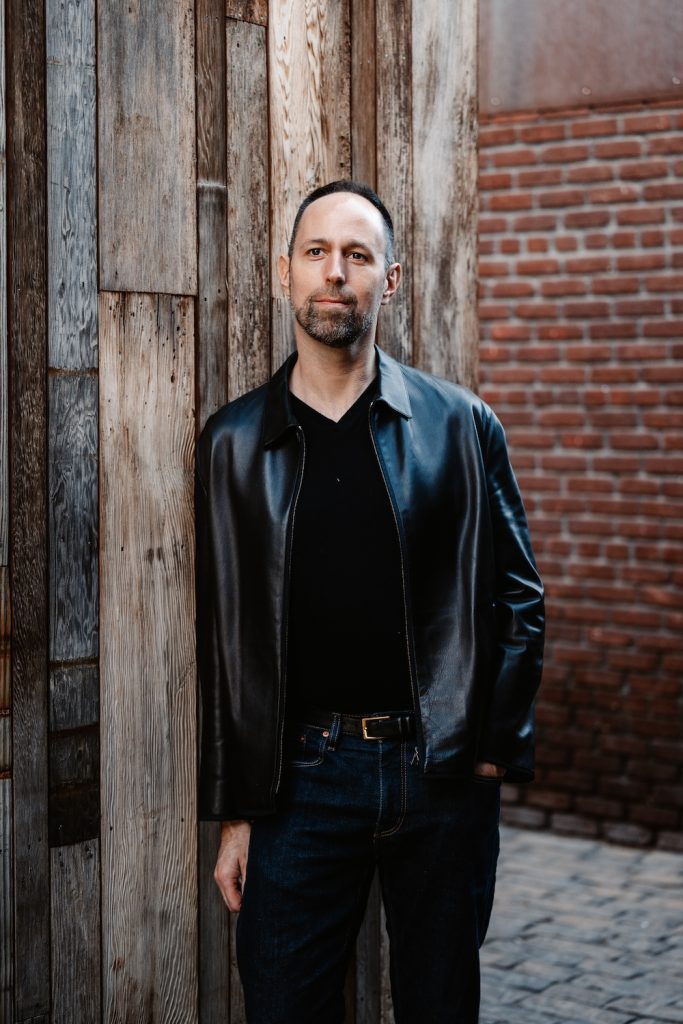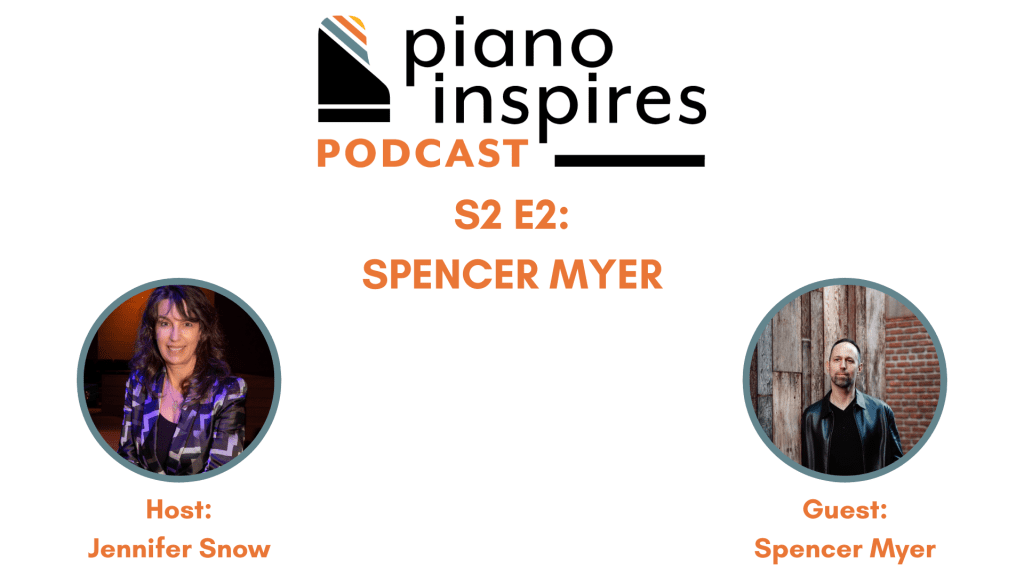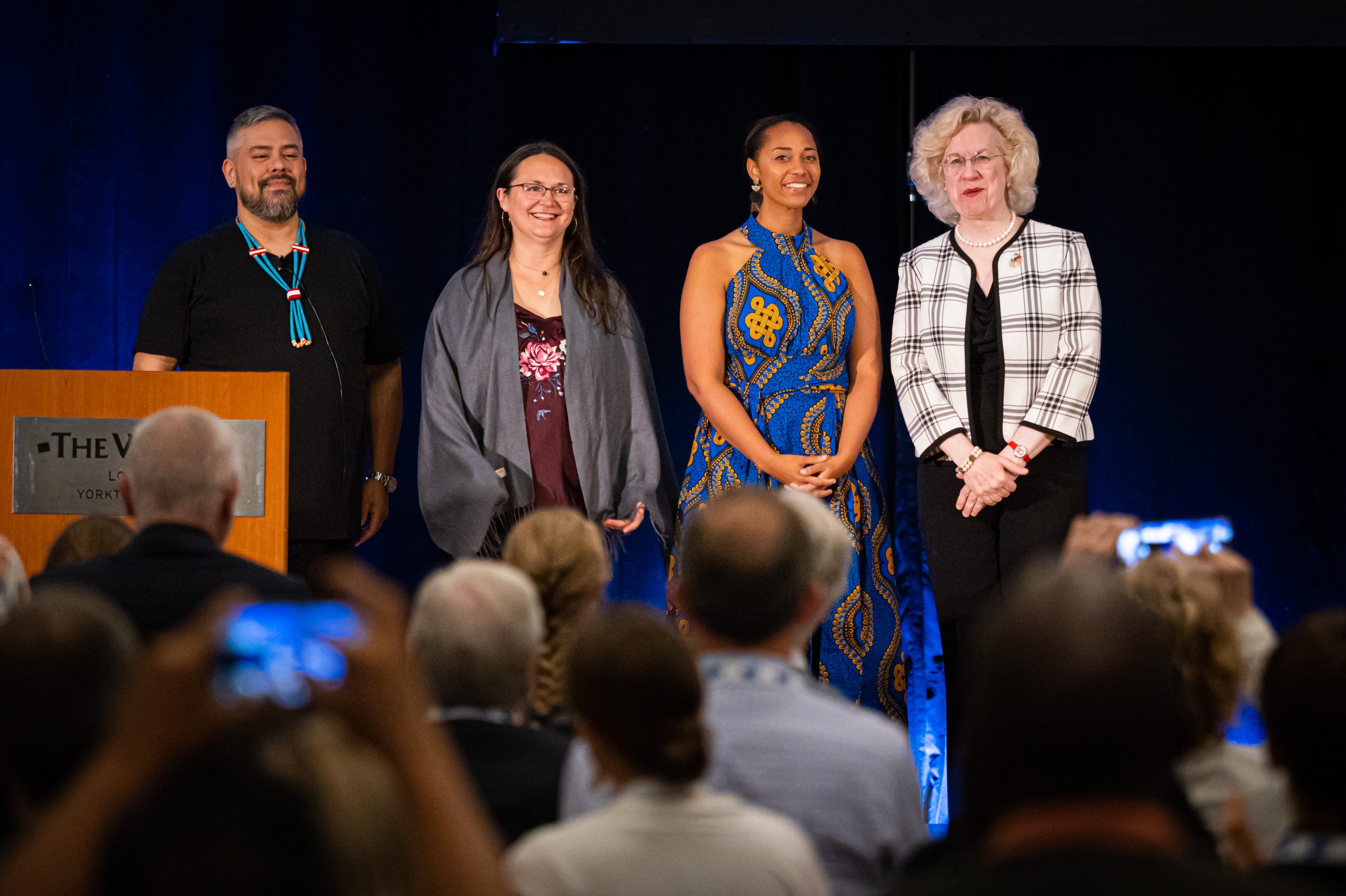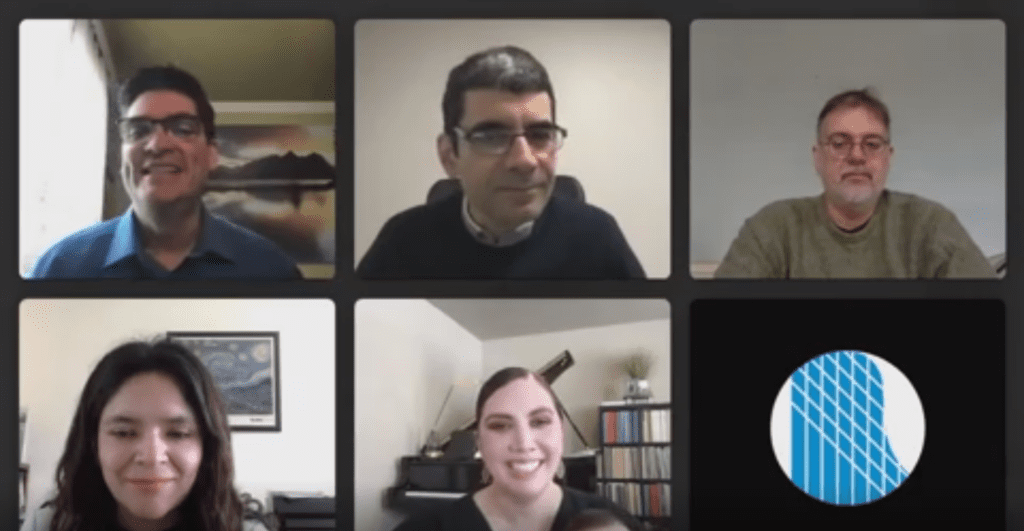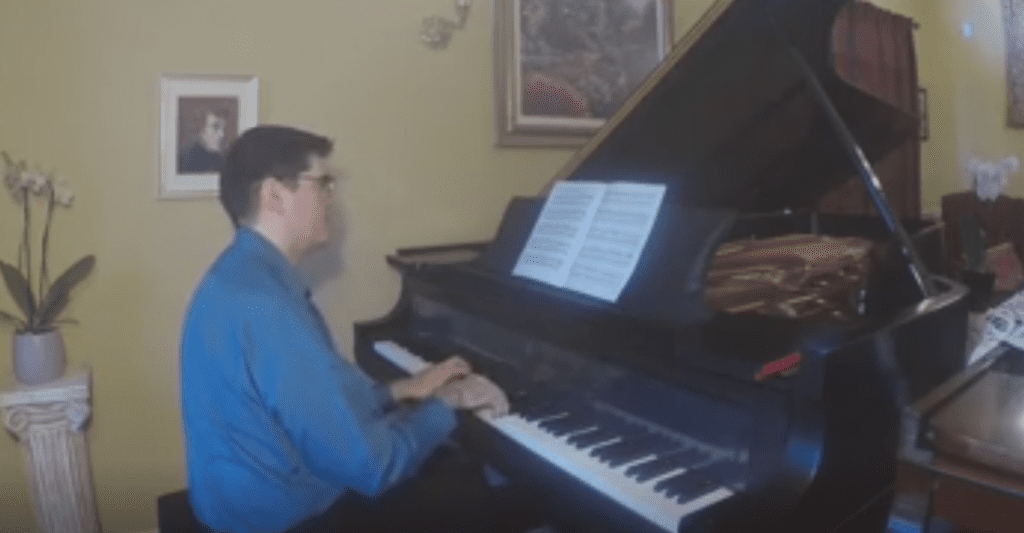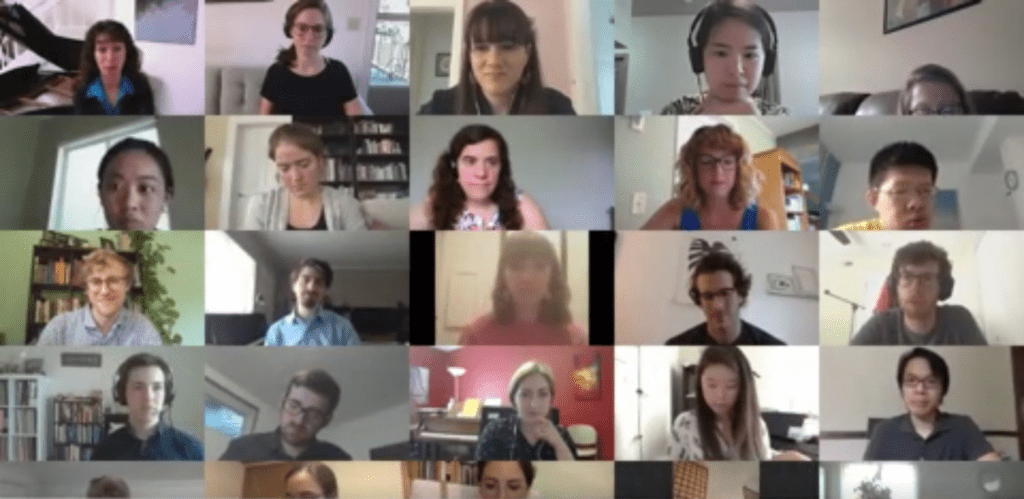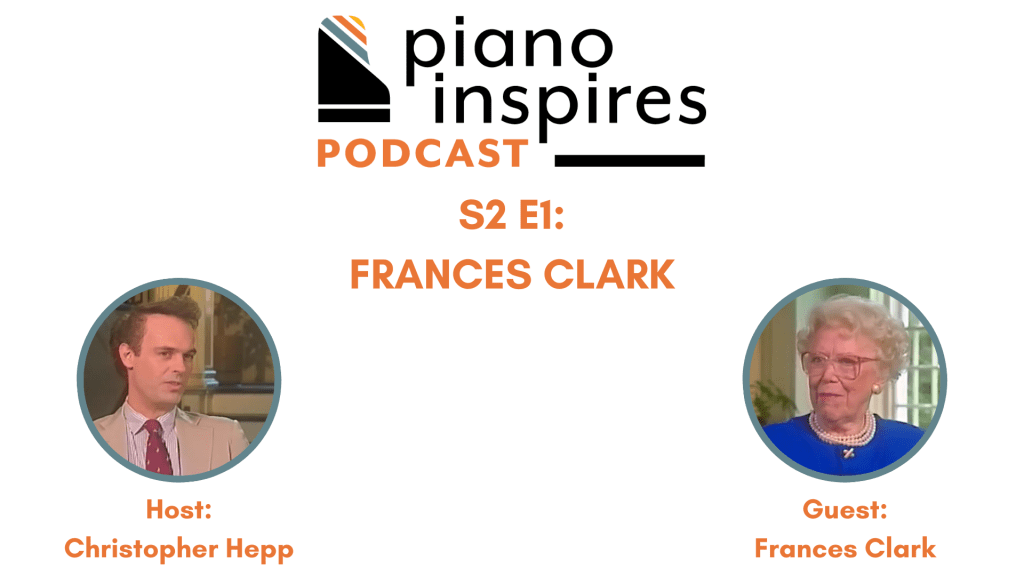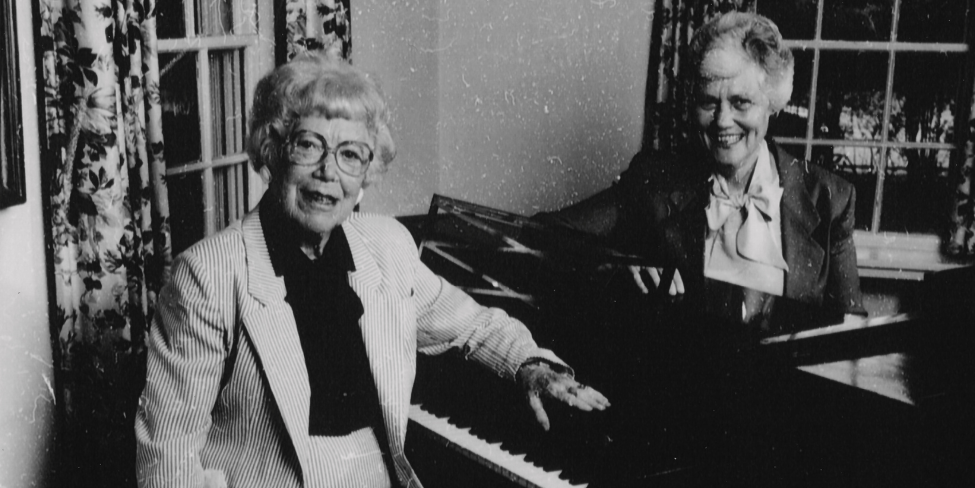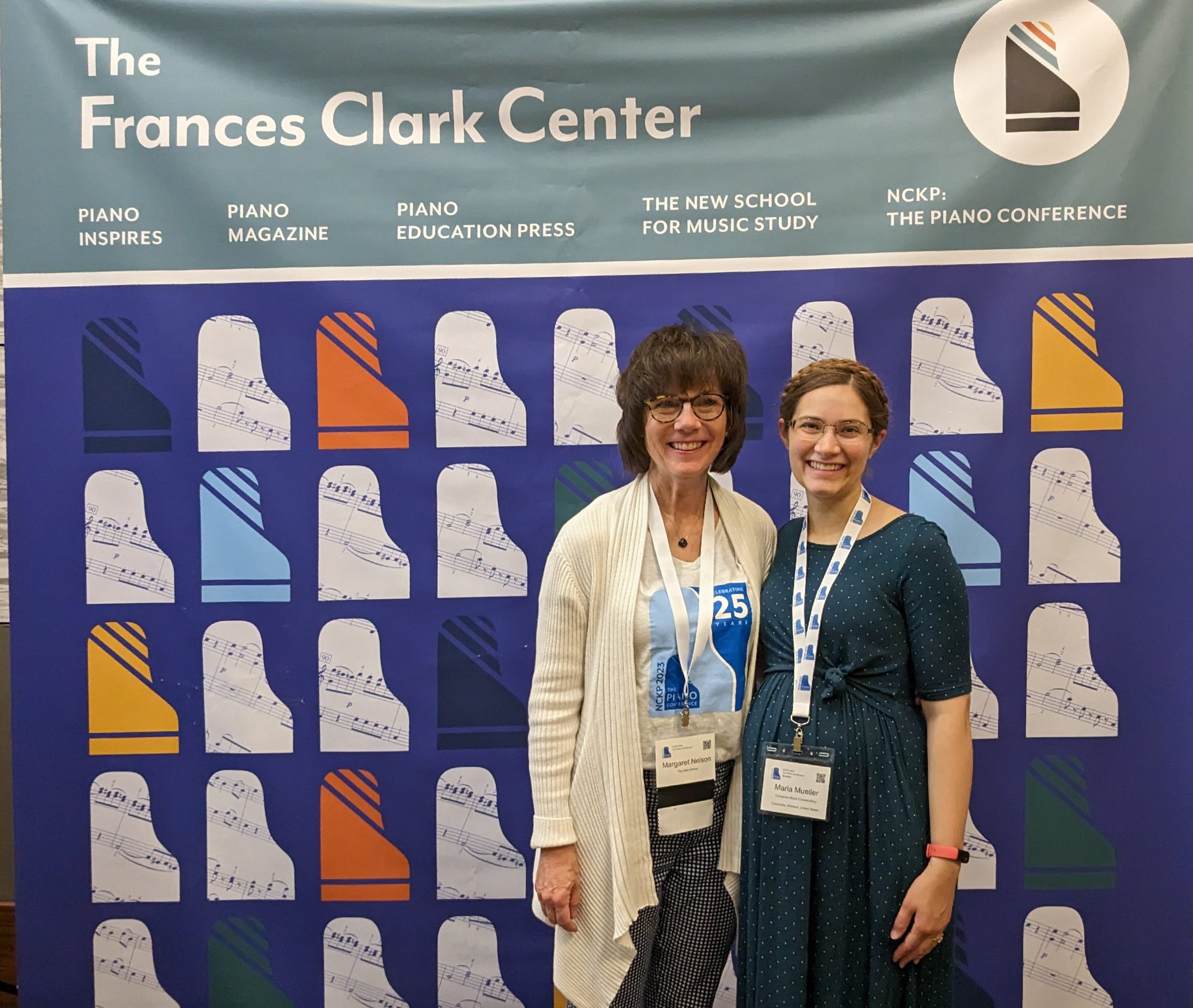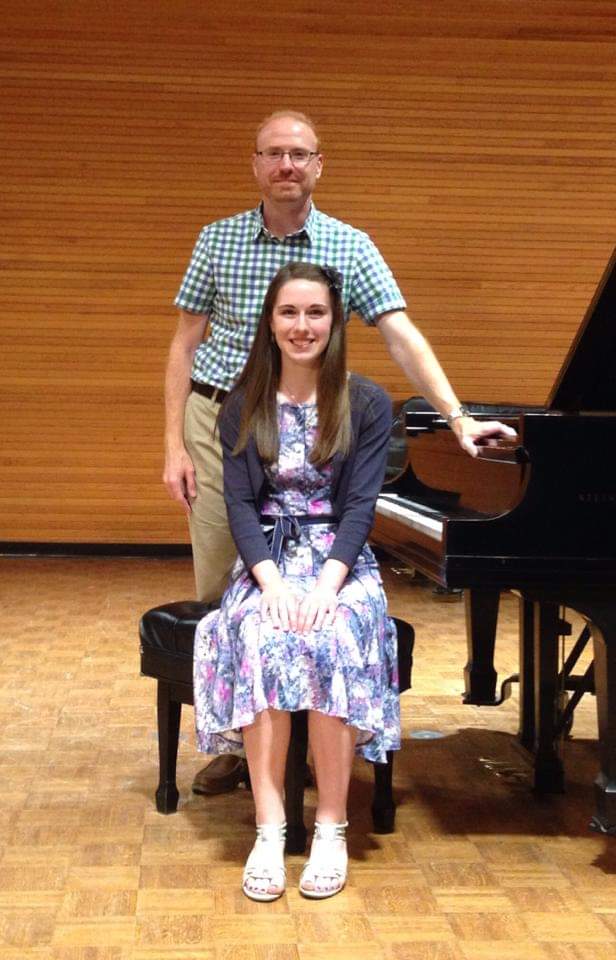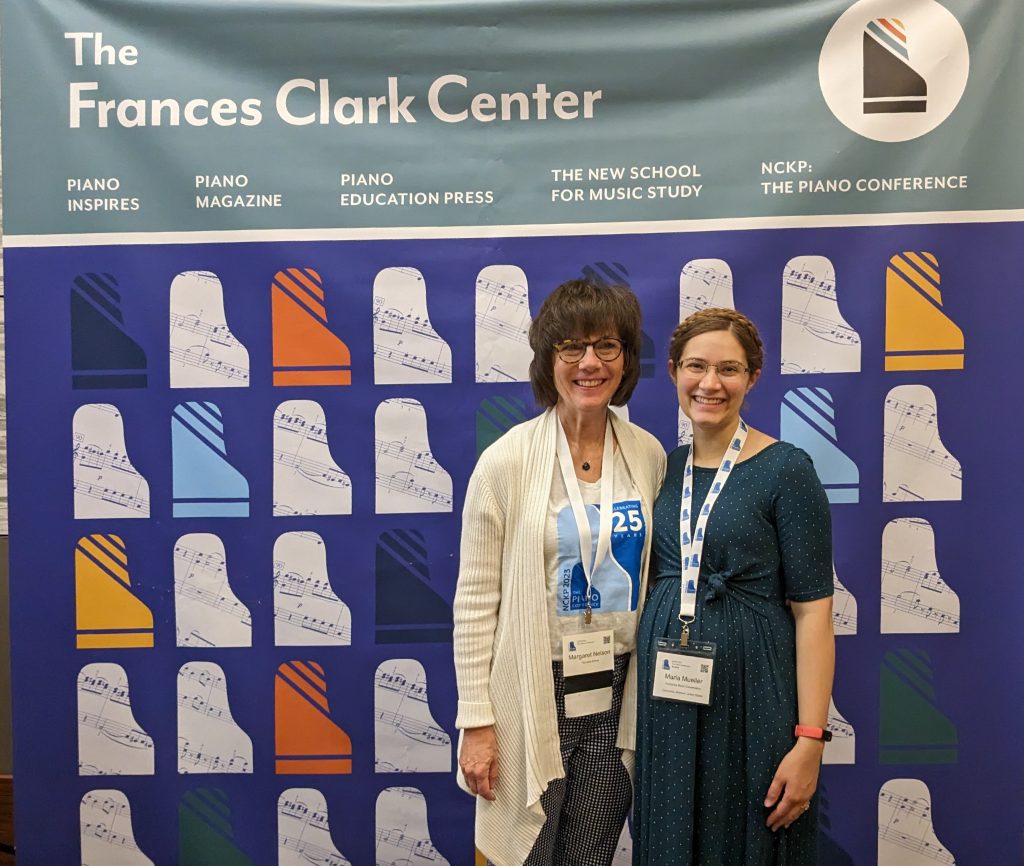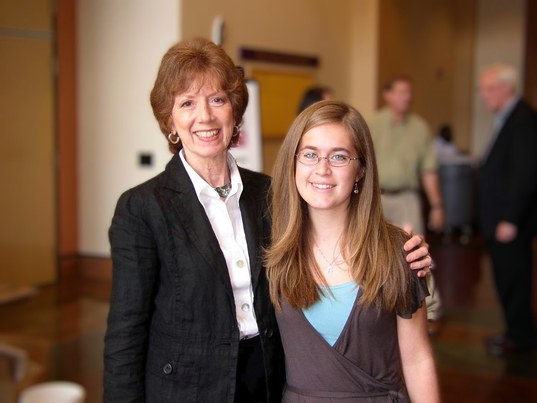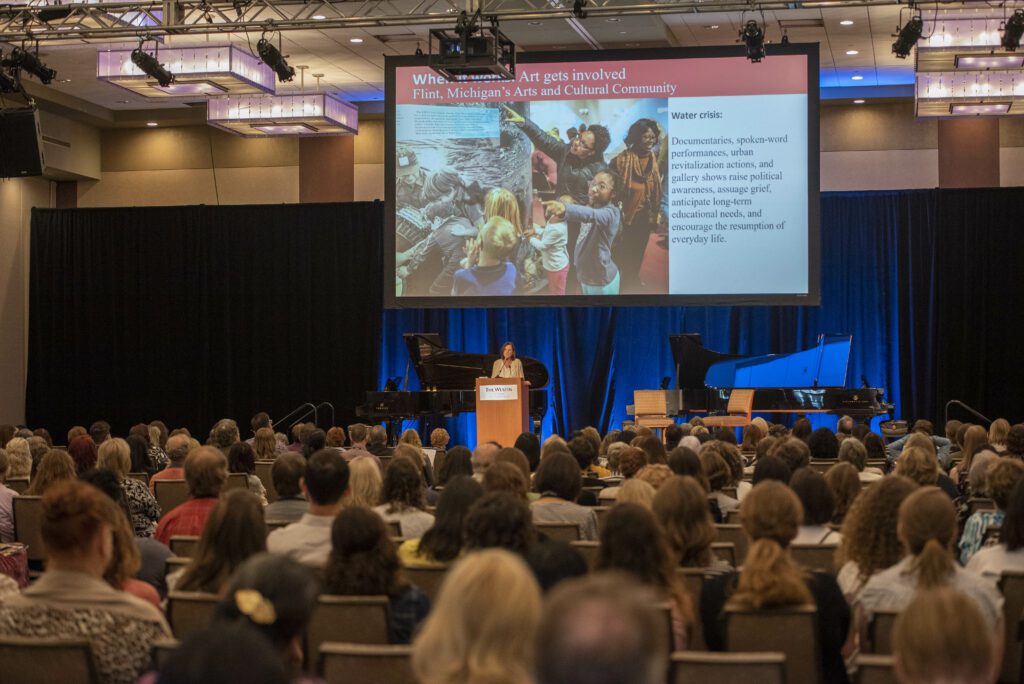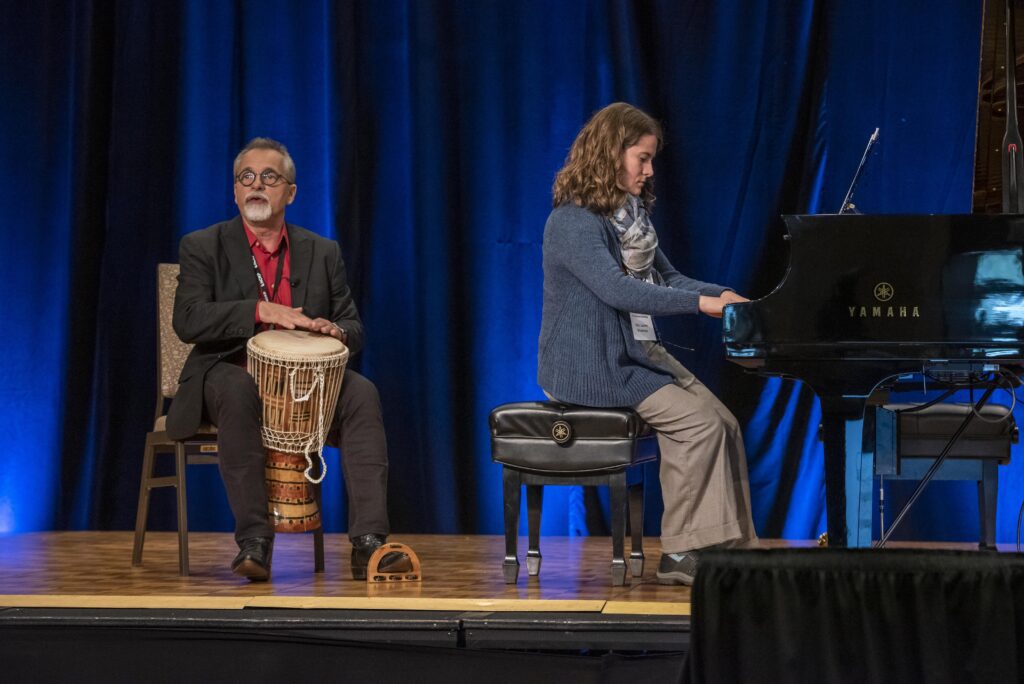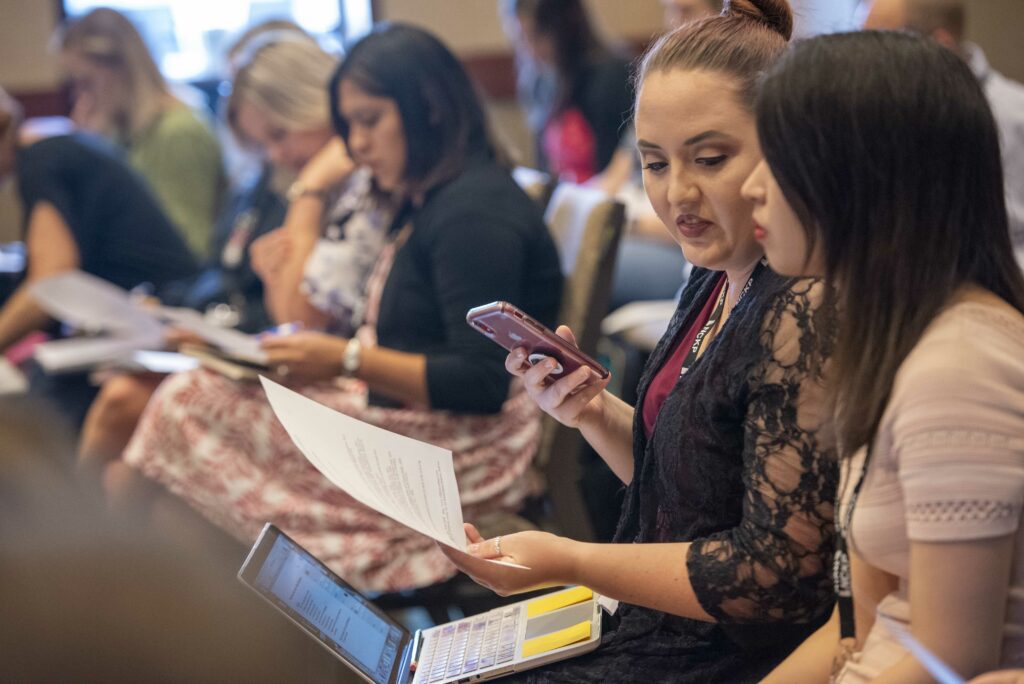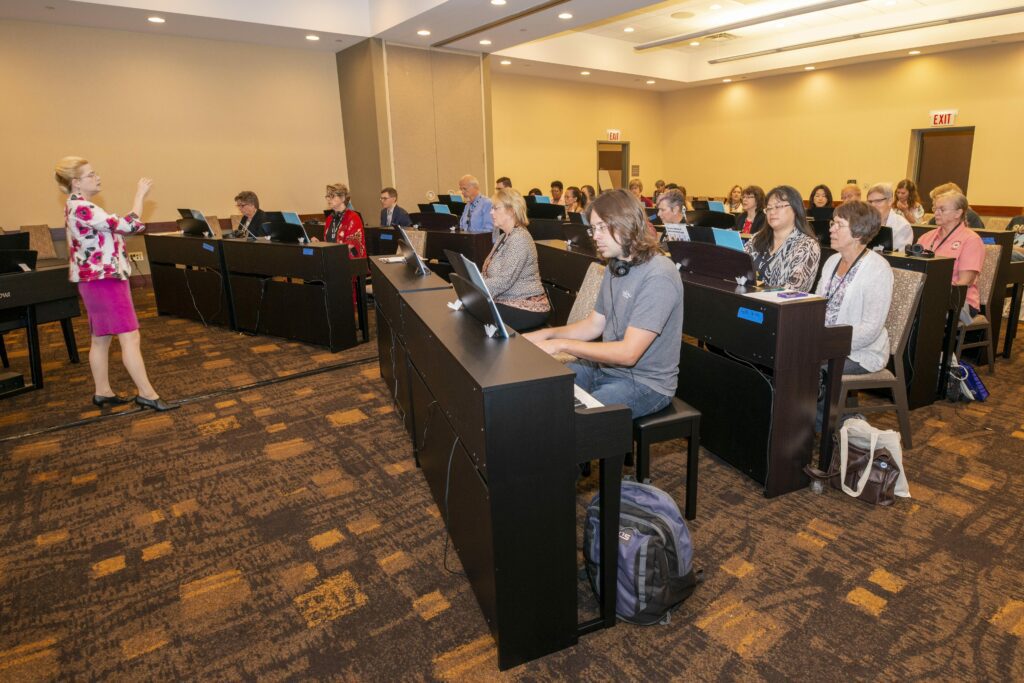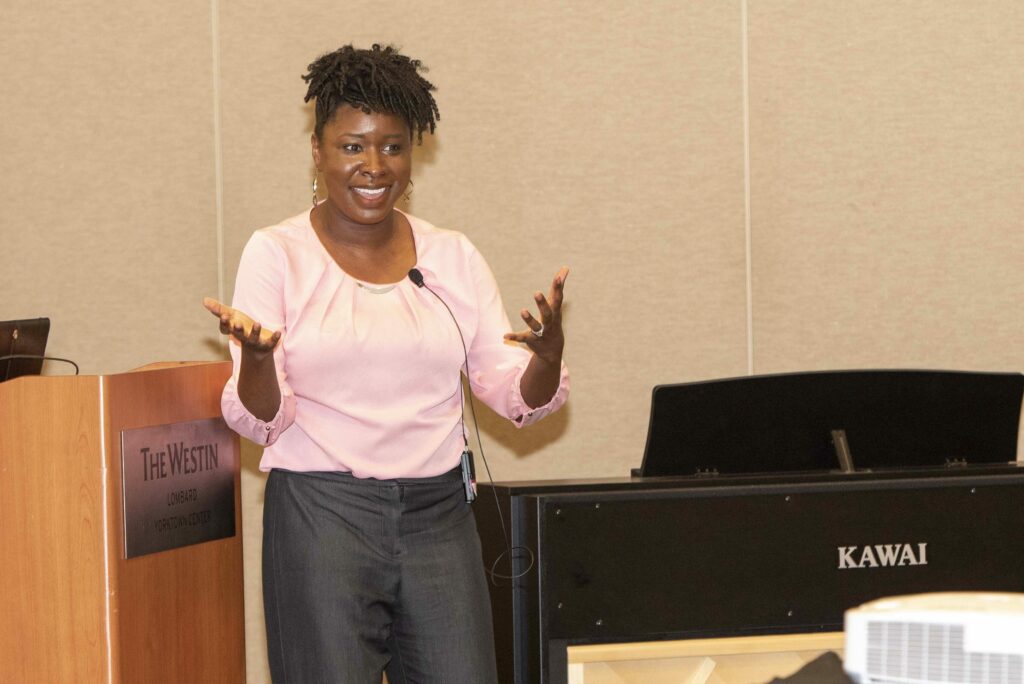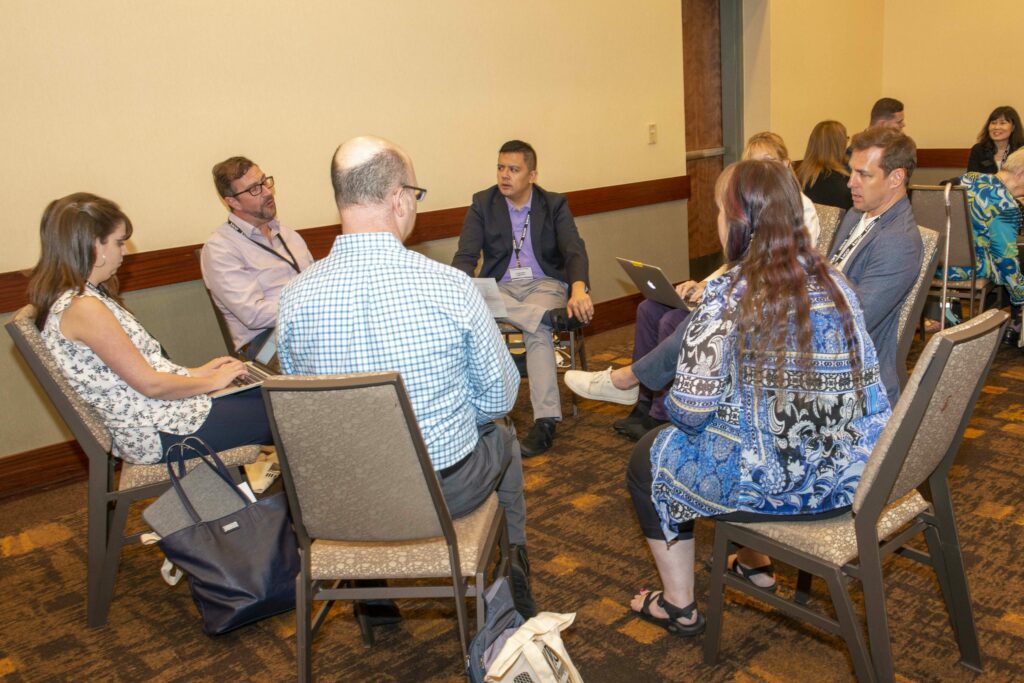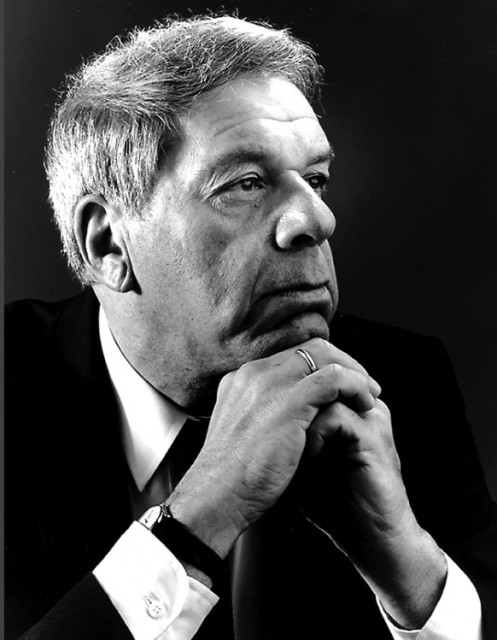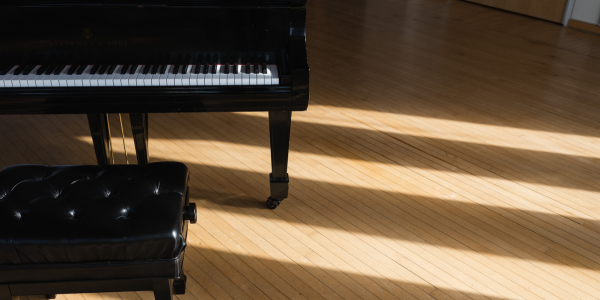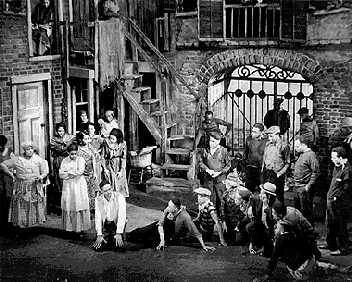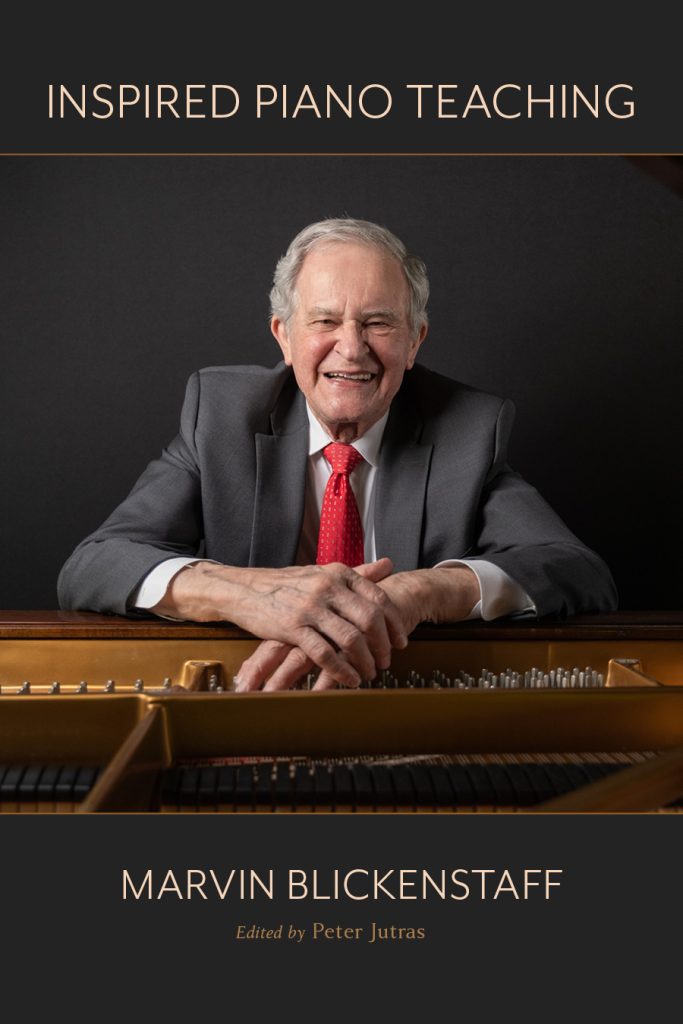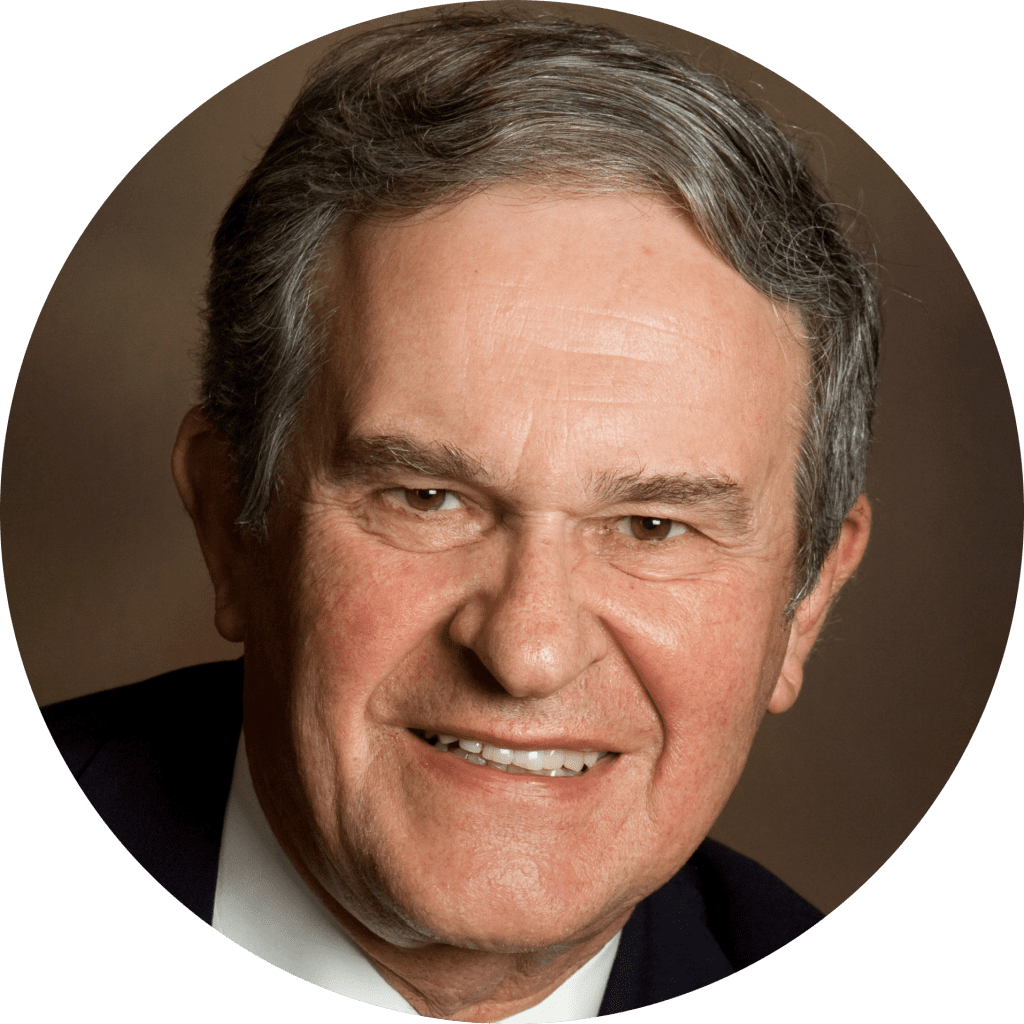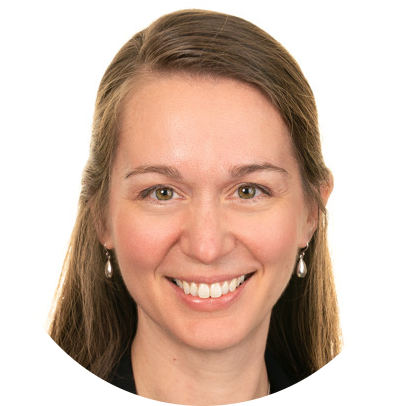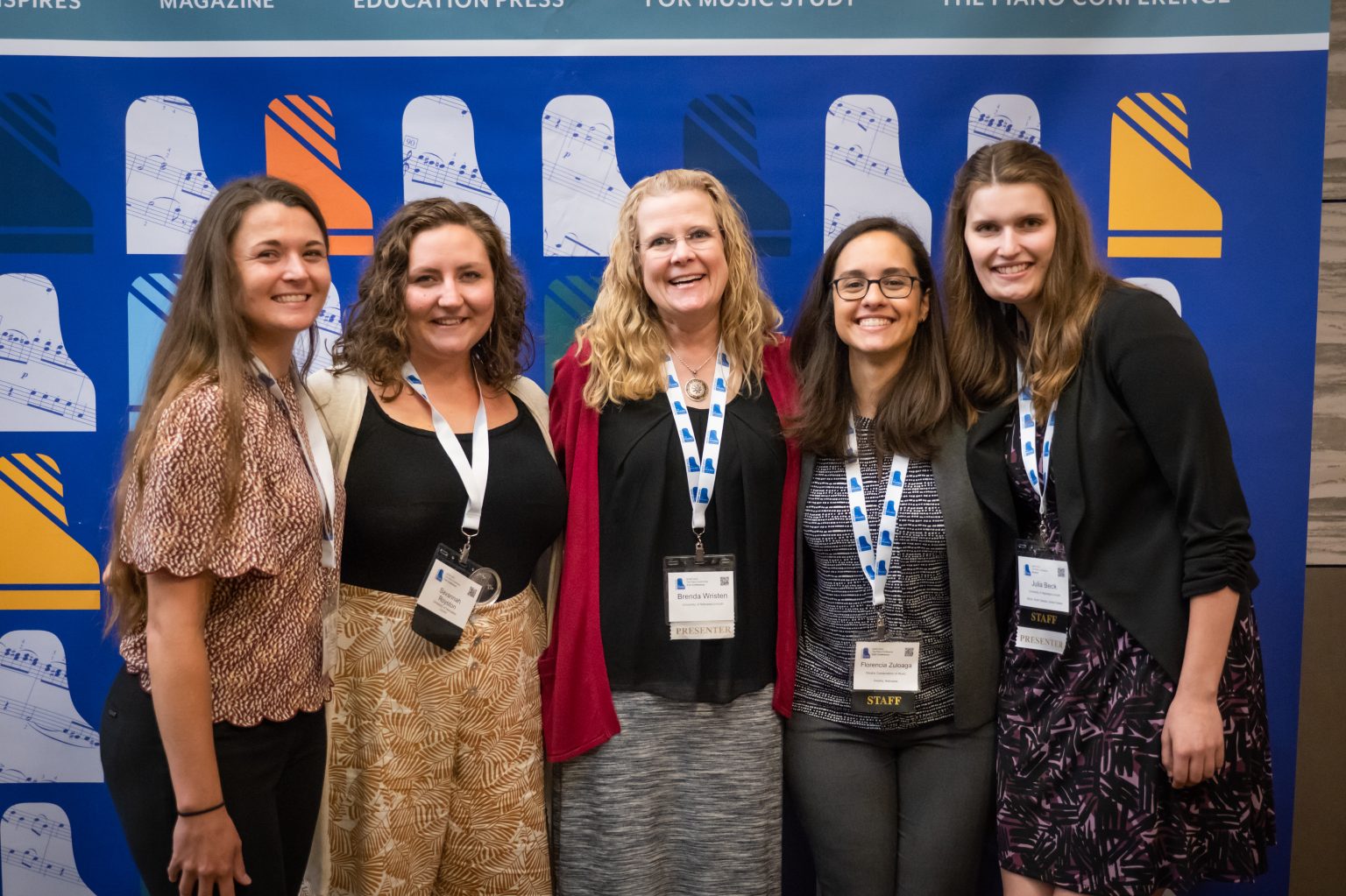Exploring the piano through improvisation unlocks endless creativity, and the Autumn issue of Piano Inspires Kids equips young pianists with exciting new tools to ignite their musical imagination. In addition to the print magazine, students can explore additional activities on our website to get their creative juices flowing. Below are excerpts from our new teacher resource guide designed to spark their students’ excitement for creating and learning at the piano. Not yet a subscriber? Click here to receive the issue and give the gift of music to the musicians in your life! Keep reading for a sneak peek into the Autumn issue.

Explore: Researching Yesterday and Today’s Improvisers
After reading Now & Then in the Autumn 2024 issue of Piano Inspires Kids, ask your students to choose an improviser found in the magazine to research. Students can present their findings in studio classes, create posters to be displayed in the studio, or create a playlist of their chosen improviser’s recordings on a streaming platform of their choice for others to enjoy.
Play: Get Your Students Improvising with our new YouTube series, “Play!” with Piano Inspires Kids
Using the QR codes provided on page 7 of the Autumn issue, listen to the accompaniment played by Binh Anh. Students can use the improvisation guide in the magazine to determine the notes, style, and rhythm of their improvisation. Once the improvisation has been completed, ask the student to reflect on their performance. Play with the video many times and adjust the speed as needed by clicking on the setting wheel and selecting “speed.”
Play: Improvisation from a Score
Using the examples found on page 6, play the first four measures of Minuet in A Minor by Krieger. Analyze the examples below the original music, and ask your students to circle the ways the melody has been altered. Play these examples together, and then come up with a fourth way to improvise with the right hand. Try each idea suggested. Apply these ideas to the entire piece, or ask the student to choose a different piece or phrase to which they can apply these improvisation techniques.
Discover: Using the 12-Bar Blues Improvisation in Your Studio
Play the C major, minor, and minor blues scales found on page 14 and discuss the differences between the scales. Choose one to three notes of the scale. Explore the many ways to vary the melodic and rhythmic pattern of these notes. Add more notes of the scale to your previous improvisation, or choose one to three new notes. Improvise with these notes, creating new patterns or repeating patterns you like. Then, watch our new YouTube series Play! with Piano Inspires Kids to improvise with Binh Anh as he plays the 12-bar blues accompaniment. Improvise with the video many times to experiment with melodic and rhythmic patterns.
Students can also play both the melody and accompaniment using the progression outlined on page 14. In group classes, ask one student to play the chord progression and another to improvise a melody. Go to kids.pianoinspires.com/explore/activities to download more accompaniment patterns for the blues.
Share: How Do You Like to Improvise?
Listen to Sean Chen’s video about improvisation on the @pianoinspireskids YouTube channel. Pause at 1:21 and discuss the ways in which the pianist enjoys improvisation. Now listen for the two tips Sean gives for creating a unique sounding improvisation. Pause at 2:34 and discuss. Then, listen to his improvisation for the two tips (sevenths and arpeggios). Discuss: Are you drawn to improvisation like Sean? Do you like to spontaneously create your own music?
As outlined above, the studio activities created for each issue include ways to discover, explore, play, and share, expanding on the content of each section of the magazine! These ready-to-use lesson plans, written with a flexible design for group or individual lessons, ensures your studio can get the most out of their subscription to Piano Inspires Kids. Subscribe today! kids.pianoinspires.com/subscribe.
MORE ON PIANO INSPIRES KIDS
- WEBINAR: Inside Piano Inspires Kids: A New Publication of the Frances Clark Center with Sara Ernst and Andrea McAlister
- DISCOVERY PAGE: How do you use Piano Inspires Kids in your studio? by Rebecca Mergen Pennington
- DISCOVERY PAGE: Piano Inspires Kids Excerpt: Listening Guide for the 12 American Preludes by Ginastera
- DISCOVERY PAGE: Piano Inspires Kids: An Interview with Co-Editors-in-Chief Andrea McAlister and Sara Ernst
- DISCOVERY PAGE: Piano Inspires Kids: Winter Issue Sneak Peak by Sara Ernst and Andrea McAlister
